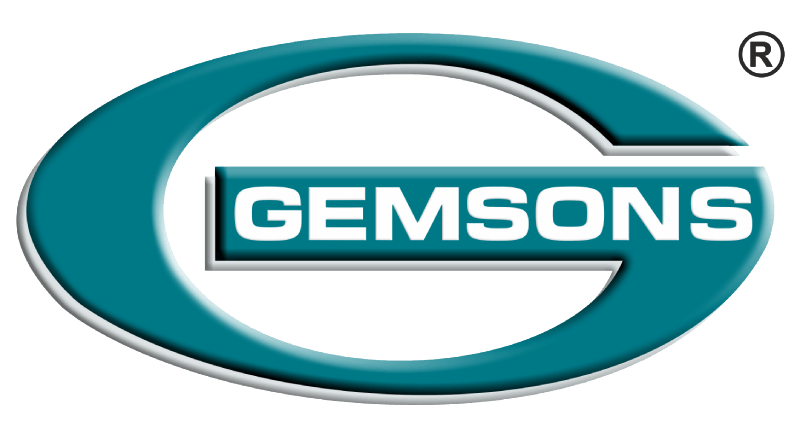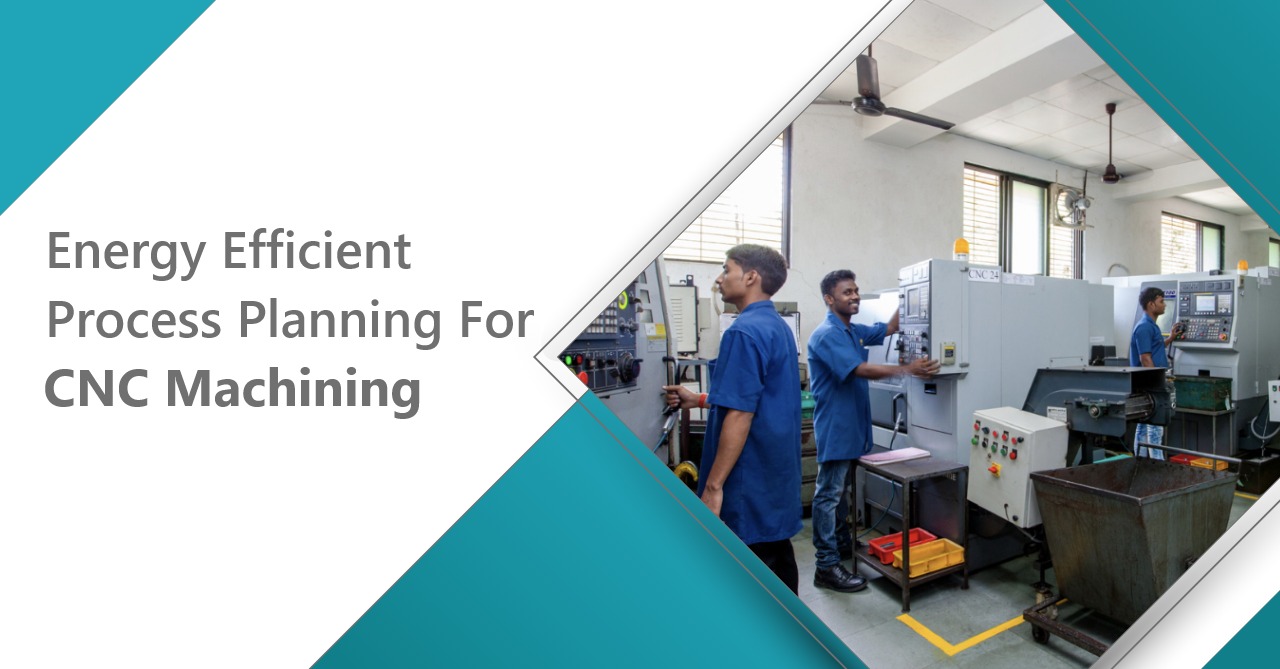Machining is a significant activity in manufacturing industries, accounting for a significant portion of total energy consumed in this sector. Improved energy efficiency in machining processes will, as a result, significantly reduce total industrial energy consumption. Efficient energy use, also known as energy efficiency, is the goal of reducing the amount of energy required to provide products and services while also reducing the effects of air pollution.
CNC machining services are essential in the ever-changing world of modern manufacturing. CNC machining is used to control various complex machinery, such as grinders, lathes, and turning mills, which are all used to cut, shape, and create multiple parts and prototypes. CNC machinists use mechanical design, technical drawings, mathematics, and computer programming skills to create various metal and plastic parts daily.
As energy consumption becomes a significant environmental metric in the metal cutting industry, computer-aided process planning for energy-efficient machining is critical.
Machine tools are equipped with motors and auxiliary components, which vary greatly during machining operations—several methods to reduce the amount of energy consumed by these machines.
Several parts of the machine, of course, use electricity. Electrical consumers include the CNC control with primary spindle and feed axis motors and various auxiliary components such as the pallet changer, coolers, hydraulics, and automation components. Additional components consume relatively constant amounts of power.
The amount of energy consumed during production readiness operations is largely determined by the amount of power consumed by auxiliary components. As a result, significant energy savings can be realised by selectively disabling additional components when they are not required.
The feed axis motors and the main spindle are examples of CNC components. In this example, they account for only 27% of the power consumed. The average power consumed by the feed motors is 250 W, which is largely determined by the vertical axis holding power. Short bursts of power are only consumed during acceleration and braking.
Making the milling process more efficient will also increase its energy efficiency. The CNC can act as the central control unit for managing the energy consumption of machine tools and auxiliary components. Delay times can be assigned to events, allowing motors to be locked and disconnected from electrical current after a stop.
CNC systems can also benefit from the efficiency of regenerative supply modules. Every drive’s acceleration eventually necessitates a braking action. Kinetic energy from moving masses is converted back to electrical energy by regenerative drives. Today’s CNC power supply modules are typically designed for both regenerative and non regenerative braking.
Braking resistors convert the kinetic energy released by the braking process to heat in a nonregenerative supply. Instead of dissipating this energy, a regenerative drive returns it to the power grid. Even when the drives do not require power, the path required to return the energy and the necessary components for smoothing the grid power generates losses.
A machine’s electrical energy consumption is measured using measuring equipment. At the entrance to CNC machines and equipment, measuring equipment is installed.
Gemsons uses this innovative engineering and uses highly regarded and accepted technology to reduce energy consumption while efficiently achieving its primary purpose of high-performance precision quality machining.



Recent Comments